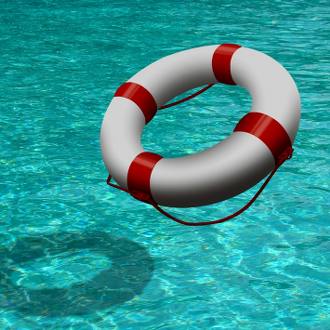How well trained are swimming pool lifeguards?
Index
The role of a lifeguard is challenging and the environments – swimming pools, ocean beaches, lagoons – lifeguards have to work in can differ from day to day, location to location. But there are minimum standards of training they must do to be eligible for the job.

The first step in becoming a pool lifeguard is to get qualified: you need a RLSSA Pool Lifeguard Award (or license in some states and territories) which is the minimum qualification for pool lifeguards in Australia. Every lifeguard who has done this training has the skills and knowledge to handle a wide variety of incidents that occur on a day to day basis at indoor swimming pools, outdoor pools, or aquatic centres around the country.
Even the smallest backyard pool, whether it’s a fibreglass pool, an above ground pool or an in ground pool, has the capacity to become a deadly situation. But to function in large, Olympic size public swimming pools, swimming pool lifeguards must be able to swim 400 metres continuously within 13 minutes: 100m freestyle, 100m breaststroke, 100m survival backstroke and 100m sidestroke. In addition they must also hold a first aid certificate recognised in their state.
It’s comforting to know that the people watching over you in public pools are not just there because they enjoy getting a suntan and looking cool – they are trained to be able to handle a number of difficult situations and save lives when accidents happen.
